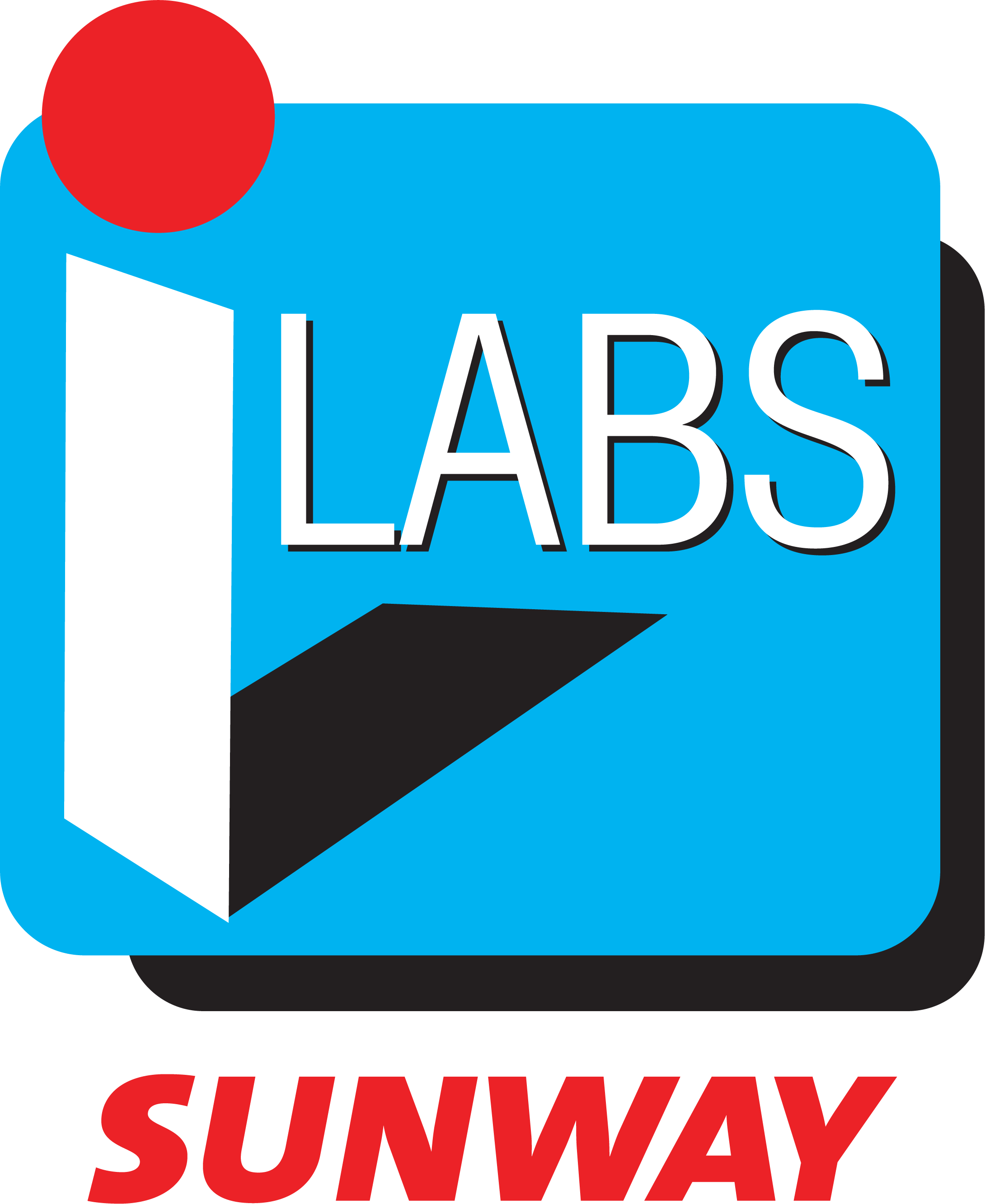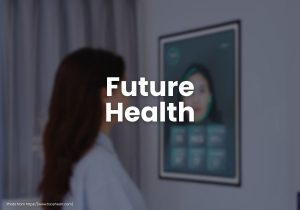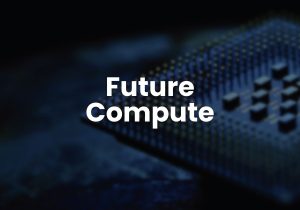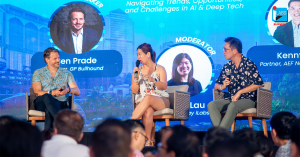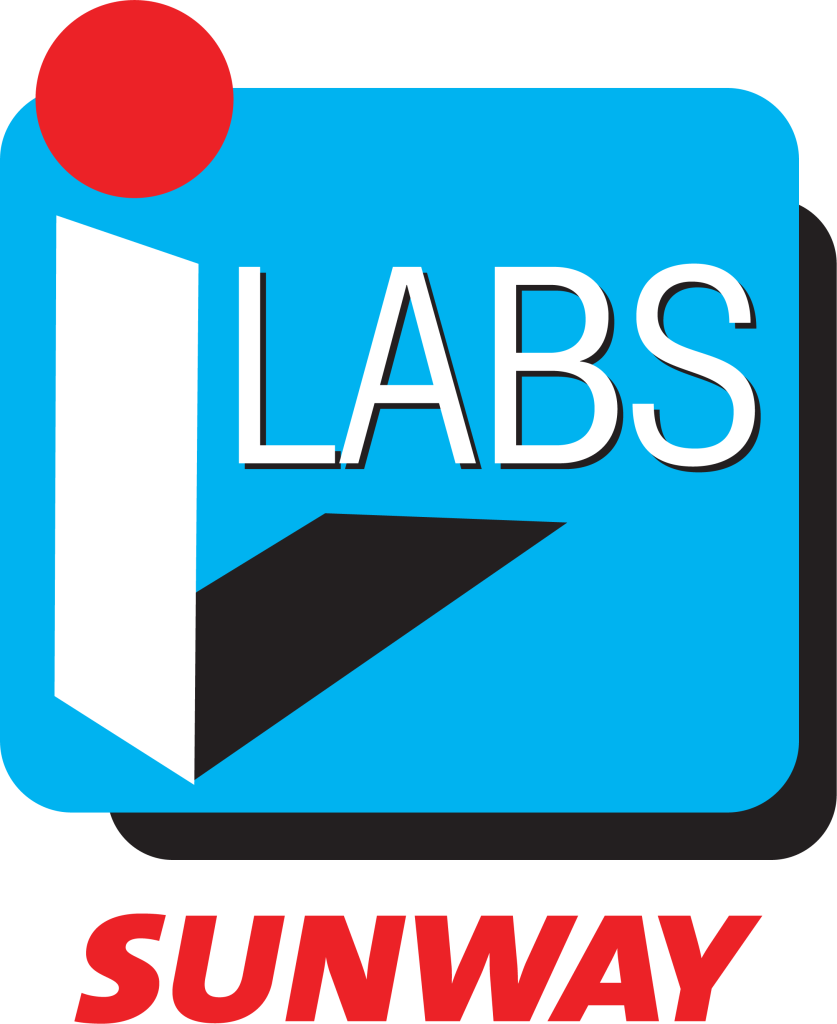Leveling Up Research Commercialisation

Written by Karen Lau
Universities are traditionally established to generate and disseminate new knowledge. Yet, as the world changes, so does the purpose of universities.
Facing challenges such as reduced research funding, increased operation costs, new competitors, and the ever-changing expectations of students, universities across the globe are beating the clock to avoid becoming obsolete.
Rapid advances in technology and knowledge-based economies have triggered the need to innovate at scale and at speed. Universities no longer have the option not to collaborate. Businesses want solutions and universities have the right expertise to provide them.
Being entrepreneurial is now expected of universities, on top of being a conventional teaching and research institution. There is no clear definition of what it means to be entrepreneurial, but innovation is at its crux.
Innovation is not always about the number of patents filed or the number of spin-off companies created. Universities should break away from traditional, single-discipline silos and instead bring together different functions to create a micro-ecosystem that drives innovation.
There are typically two approaches to innovation in universities. The first is the inside-out approach where researchers develop and commercialise ideas and solutions that they believe the industry wants. This is typically managed by a Technology Transfer Office (TTO), which commercialises university-owned IP through assessing invention disclosures, protecting IP, licensing, creating spin-off companies, etc.
The second approach is the outside-in, where researchers develop solutions to specific issues presented by the industry. This is usually managed by an Industry Engagement Office (IEO), which creates collaborations between the university and a corporate partner through sponsored research, consultancy, workforce training, etc.
In many universities, TTO and IEO are separated. Yet, both involve capitalising internal research capabilities to produce value-added research outcome (e.g., product, technology, or service), inadvertently sharing the same goal (i.e., knowledge transfer) and “customers” (i.e., the industry).
Synergising and leveraging the functions of both offices are important in “marketing” university research initiatives to the industry. Merging TTO and IEO provides the university and its corporate partners with opportunities of seamless collaborative work and smooth knowledge transfer.
Sunway Innovation Labs, or Sunway iLabs, is such a merger. We commercialise IP owned by Sunway University (inside-out approach) and bring back real-world problems to university researchers for them to develop solutions (outside-in approach).
A common form of research commercialisation is creating spin-off companies. Turning research into a viable company, however, is a tough task especially for ventures of hard technologies (i.e., tangible technologies that function even without human action).
Building a winning product is challenging enough, but the obstacles are even greater in finding a competent investor who understands the product or technology.
In 2018, for instance, we worked with two Sunway researchers in bringing their invention to the market. They started by participating in our four-month Super Accelerator programme, which provided budding start-ups with industry and university support to grow their business. They met with mentors, who helped to build the business model, and with potential investors, who constantly challenged them about their invention and financial evaluation.
It was not an easy journey for the researchers, but the end result was very rewarding. In June 2019, they received a Gold Medal in the Best Automotive Technology Category at the 30th International Invention, Innovation and Technology Exhibition (ITEX).
Two months later, they received a start-up grant worth RM 750,000 from the Malaysian government, which is three to five times higher than a typical start-up grant provided by government-linked agencies. A part of the grant was channelled back to Sunway for a contract research to further improve the invention.
To fast-track university-industry collaboration, we set up Sunway R&D Sdn Bhd. Through this subdivision, we support researchers in business development, contract negotiation, risk assessment, and project management.
Sunway R&D oversees projects to ensure they are delivered within budget and on time, ensuring a long-term relationship between the university and its corporate partner. This fosters trust in the relationship, especially in data analytics projects.
For young research institutions like Sunway, it is crucial to build relationships with industry players, to understand the market needs, and to think of ways to realise innovation outside of campus walls.
In 2019, for instance, we collaborated with a company who owned half a billion of data on health insurance claims. The resulting project provided game-changing insights that can improve the private healthcare system in Malaysia while optimising medical expenses.
Apart from facilitating university-industry collaboration, we also have initiatives for aspiring students to hone their innovation skills.
The “Make It Challenge” is our annual flagship hackathon for students of Sunway and our academic partner, Lancaster University. It is a collaborative platform that has a different theme each year, in accordance with the 17 United Nations’ Sustainable Development Goals, for students to develop and propose sustainable solutions for corporations.
In 2019, the theme of the challenge was software development. A group of students pitched a meeting room system that is powered by the internet of things, or IoT, to a company. However, the company wanted something completely different.
The students had to start from scratch but in working alongside the company, they developed a centralised zoo management system. This system is the first and most comprehensive zoo management system in the region.
Innovation is a discipline that requires persistence, going through the various cycles of finding the right problem to solve and creating (or co-creating) solutions that add value to existing ones. Innovation is not a romantic notion and eureka moments are almost never the norm.
Marissa Mayer, former Chief Executive Officer of Yahoo! once said, “When you need to innovate, you need to collaborate.” Great teams of people with a collective sense of purpose will drive sustained innovation. Tesla, for example, has been releasing its patents since 2014 to the general public as it is impossible to build more electric vehicles rapidly and on its own to overcome the carbon crisis.
Our mantra at Sunway iLabs is “Inspire, Build, Launch” and we focus on commercialising research, or creating innovation, through collaboration rather than competition. Our goal is to foster entrepreneurship and stimulate market-driven research through university-industry collaborations.
*Published in Spotlight on Research (Volume 5) on 21st December 2020
